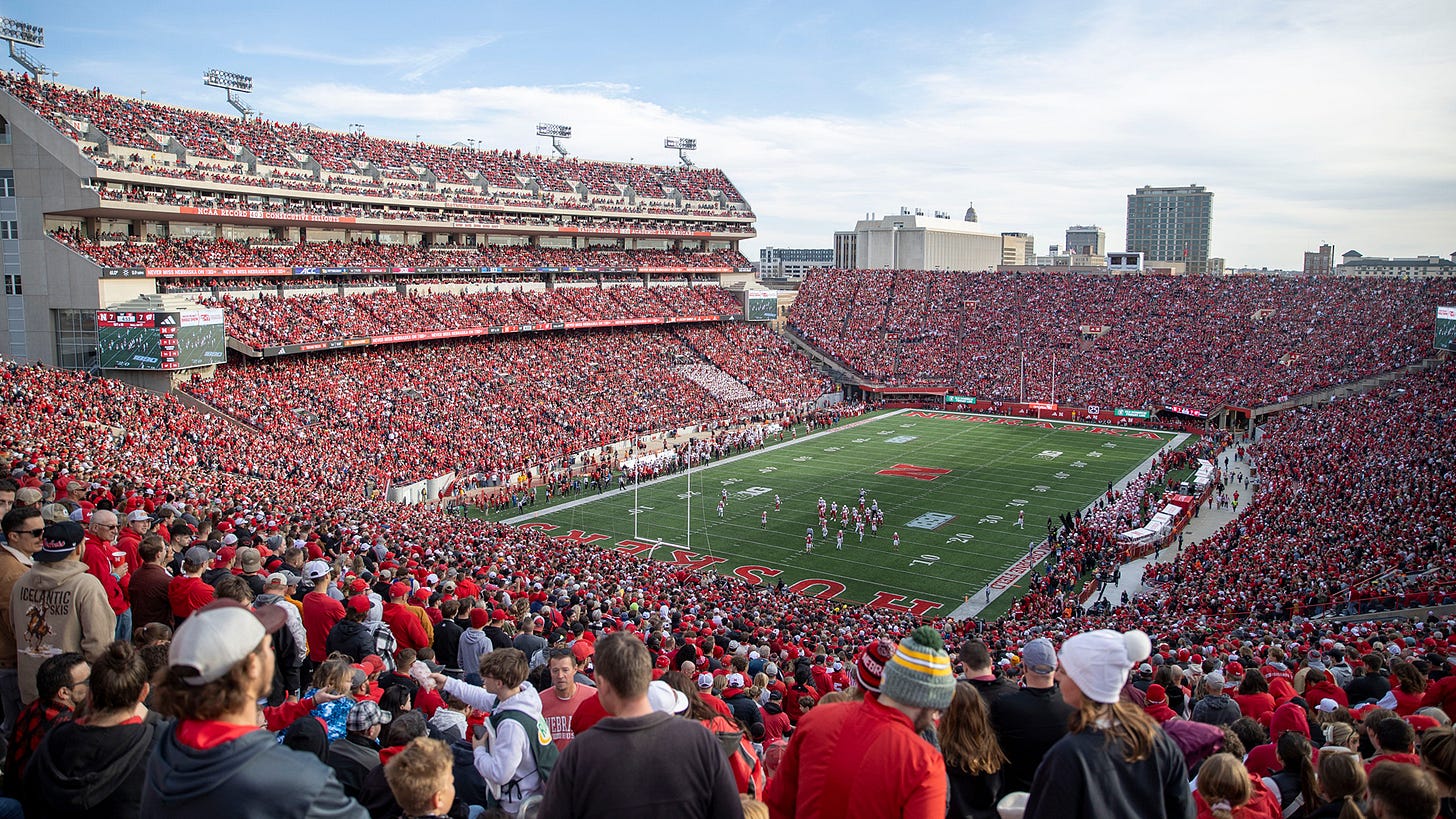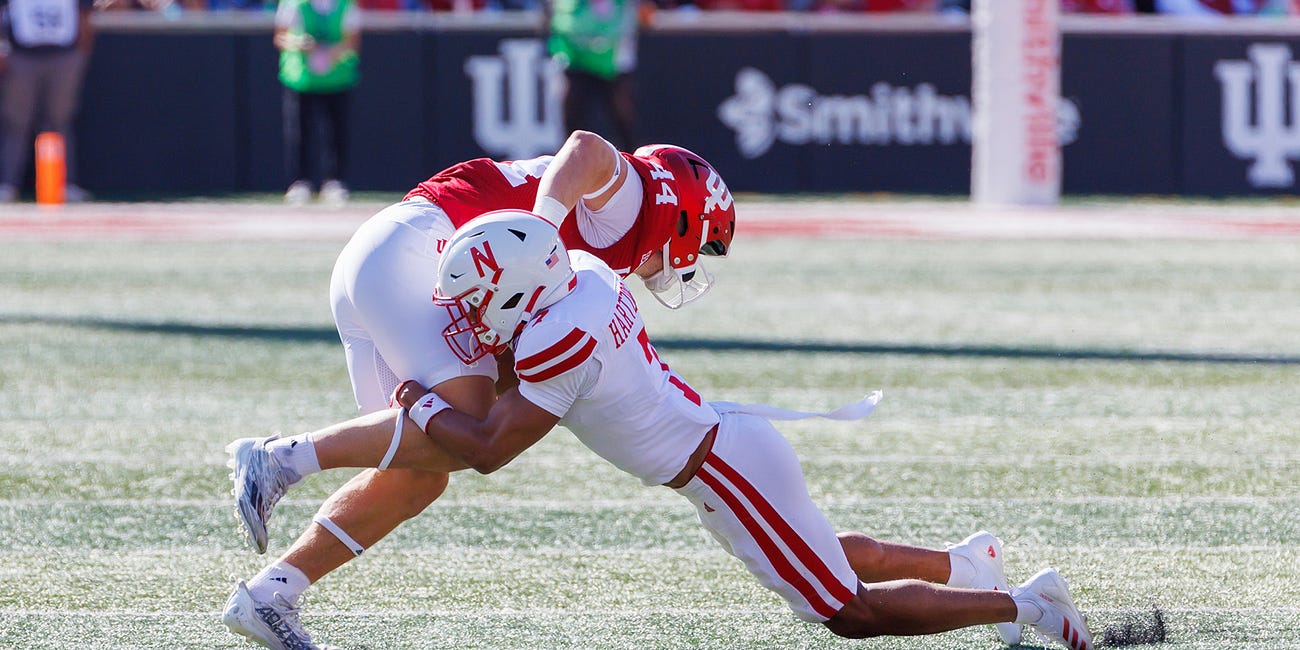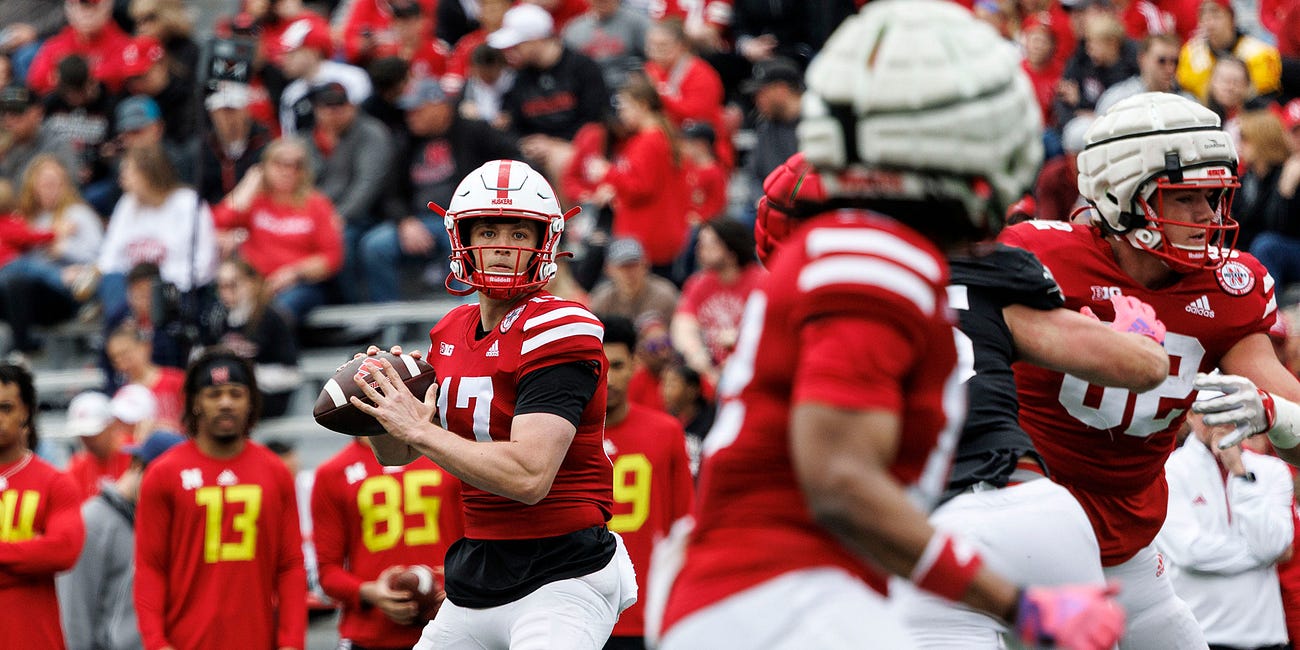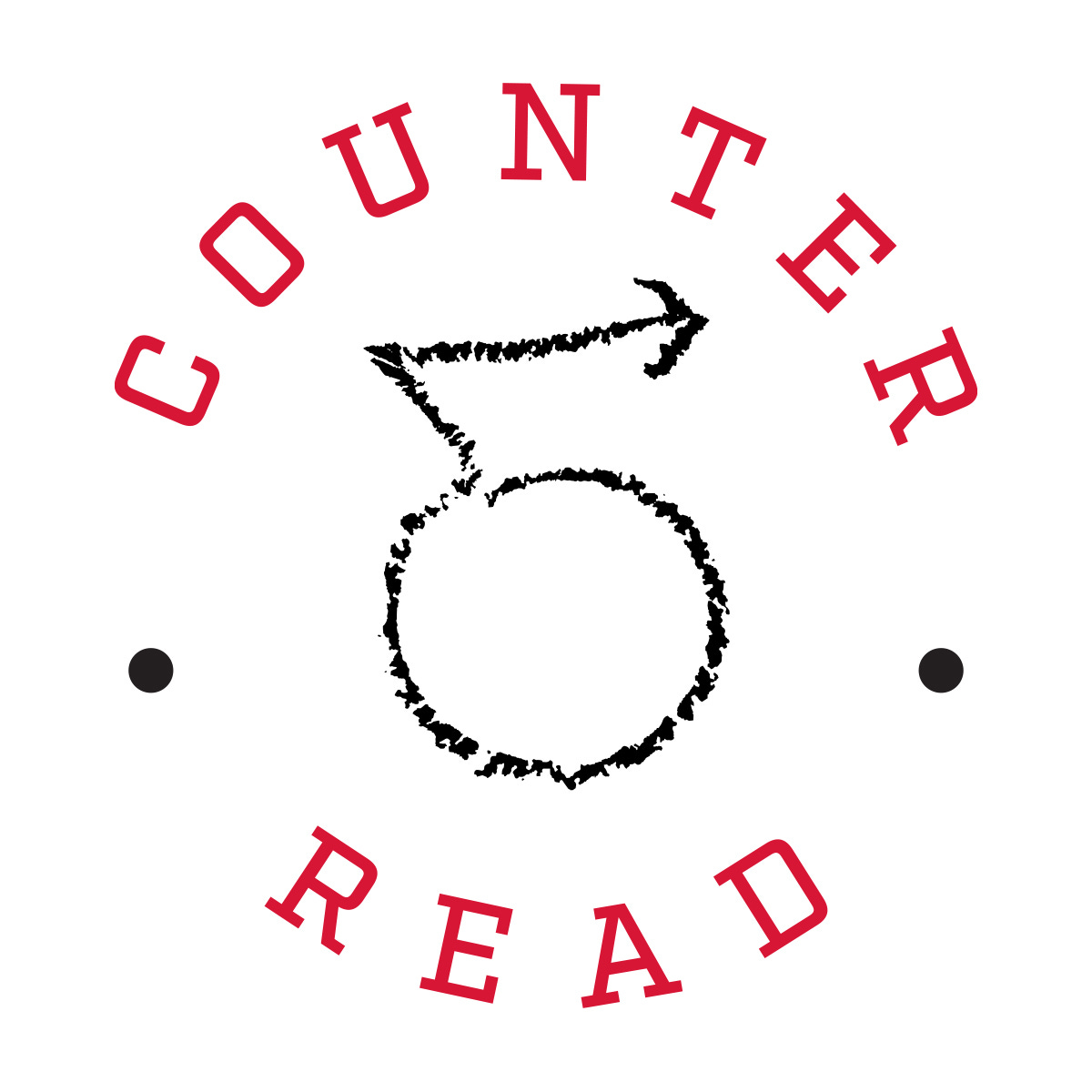Let the (run-up to) the games begin
As Nebraska starts fall camp we transition from old football to new. But first, a recap of a wild offseason.
The college football offseason is all-time offense, at least in my experience. As a chronicler of the Cornhuskers, this is when you’re proactive, exploring ideas, trying to gain yards and put up points with some useful stories. In-season is more a mix of offense and defense. You’re still looking for the best stories you can tell, but you’re also more reactive—to games, press conferences, etc.—and that all happens on a schedule.
Today, Nebraska football starts that transition from offseason to season with its first practice of fall camp. There’s media availability and Matt Rhule and handful of players will speak after practice, so we’re in it now. There’s a regular drumbeat to college football again, which feels different this year but especially after this offseason.
Because this newsletter goes out on a Monday morning, even earlier than Nebraska starts practice, I wanted to do a recap of a lot of what transpired this offseason and how we wrote about it at Counter Read. If you have a friend (or enemy, for that matter) who you think might be interested in what we’re doing here in our corner of the Husker universe, this would be a great post to send them as there should be at least one thing (hopefully many) for everyone.
When I looked back on everything we’ve done on the football side since Nebraska beat Boston College in the Pinstripe Bowl last December, the stories naturally slotted into about three categories: the football team and its fortunes, the changing landscape centered around the House settlement and our still-uncertain future with the future of the College Football Playoff.
Football
The early part of Nebraska’s offseason was defined by a slew of coaching changes. I tried to bottom-line those changes using an available model, before NU had even added Mike Ekeler to the team, and had the Huskers slightly ahead. Landing Ekeler, off a strong four-year run at Tennessee, put them slightly more ahead.
The offseason consensus came together over a couple of months, but whether it was odds, predictive models or anonymous Big Ten coaches, the trendline was upward after two Rhule seasons. That’s despite NU losing some almost-certain starters in the transfer portal and its defensive coordinator and d-line coach while voluntarily making changes elsewhere on the staff. The early oddsmakers put the win total at 7.5, the same as last year’s total, but the odds this time favored the over.
Nebraska is this year’s Indiana*
One national-title game ends, odds for the next one come out. That’s just how it works now even though we have little idea what any team’s actual roster will look like come kickoff of the 2025 season. Doesn’t matter. The beast must be fed and the beastkeepers know that canned food donations (i.e., traffic) will roll in, very relatively speaking, if you have a top-25 ready to go before the top-25 of the current season is even finalized.
The coaching changes, however, could prove to be the best reason for optimism beyond “well, Rhule always makes a leap in Year 3.” Offensive coordinator Dana Holgorsen, working in Lincoln for a full season, could and probably needs to be the biggest x-factor in 2025. Butler remains more of a wildcard, but Rhule remains steadfast in his belief that his teams always play good defense (and the numbers back him up). Ekeler is high-upside enough that when he decided Nebraska needed to go to rugby punt,* Rhule had to cut loose a starting punter from Washington who just arrived in January.
A few other series from the offseason worth checking out before the Cincinnati game:
The equation: My best effort to reverse engineer 2025. What’s the NU record that makes most fans happy, and then what numbers has a team needed to get there in the past?
The schedule: Breaking down Nebraska’s 12 regular-season games into three acts.
The unknowables: An offseason series about the things that are tough to prove about NU, which is to say the things fall camp might begin to answer.
3-1 x 3?
As the last few programs still practicing this spring wrap things up, we’ve reached the schedule-discussion part of the calendar here at Counter Read. This week last year, I started breaking down Nebraska’s schedule by viewing it in three acts.
The Playoff debate
One of my favorite things I’ve written so far in 2025 was in January, when I asked why the College Football Playoff, which seemed headed for automatic bids, didn’t just adopt a Champions League model. That’s sort of what Big Ten Commissioner Tony Petitti was pushing for with four auto-bids for his league and a stated desire to create a made-for-TV play-in weekend, and for most of the offseason it seemed inevitable. Nebraska AD Troy Dannen was added to the CFP committee, which doesn’t help NU specifically—he has to recuse himself if the Huskers are being talked about for a Playoff ranking—but it was nice to at least have a direct link to the Playoff discussion.
Then things changed. The SEC came out of its spring meetings singing a different tune, citing support for CFP expansion, but a new model that maintained just five auto-bids for five conference champions. The SEC doubled down on its reluctance towards “allotments,” as commissioner Greg Sankey put it in July, and a week later, during Big Ten media days, it was clear Petitti wasn’t ready to back down (and the conference coaches were falling in line). The impasse seems to hinge on the Big Ten’s nine-game conference schedule versus the SEC’s eight-game slate.
One of the few levers the Big Ten teams have to pull here is to cancel meaningful games in the future, as we saw Nebraska do with Tennessee in the spring and, more recently, Indiana do with Virginia.
It’s all messy and far from settled, but there is a deadline here of December for something to be sorted out. Unfortunately, this discussion likely bleeds into the season.
The revenue-sharing era
Nebraska, and all of the other schools of its standing, spent most of the spring preparing to share up to $20.5 million in revenue with student-athletes and trim its football roster to 105 players as part of the proposed House settlement. Things didn’t go exactly as planned as a district judge took issue with the trimming of rosters, which would’ve impacted walk-ons most frequently, which led to delays in the decision.
The settlement was eventually approved with one big change: Players already on a roster who would not have made a 105-man cut were given an exemption. Now, they can’t be cut and can continue playing college football, at their current school or somewhere else if a team will take them, for the remainder of their eligibility clock. Nebraska, like most other schools, started whittling its roster down in the winter and spring transfer windows in anticipation of a 105-player limit, though it didn’t get all the way there, leaving NU with around 125 to start fall camp.
Another term of the settlement—the creation of an NCAA clearing house that requires any NIL deals worth more than $600 to be evaluated—has already been altered. The idea was to reduce what has been effectively pay-for-play in recent years. Instead, NIL deals needed to be legitimate, i.e. the local car dealership wants the star linebacker in a local commercial or something along those lines.
How that looked in the first few weeks of the clearinghouse’s existence: Almost every NIL deal between a player and his school’s collective was getting denied. The collectives thought they were playing by the rules and didn’t particularly like this, so the NCAA has already relaxed its position on this, allowing collectives to make their case for legitimate business opportunities just like anyone else.
We’re not quite back to where we started with NIL regulation, but we’re also not as far removed from the start as it seemed we might be at the start of July.
That’s not quite the entire Nebraska football offseason in a nutshell—there will be beer in Memorial Stadium this fall and the field has new turf with red end zones—but that’s a lot of it.
Happy Fall Camp.






